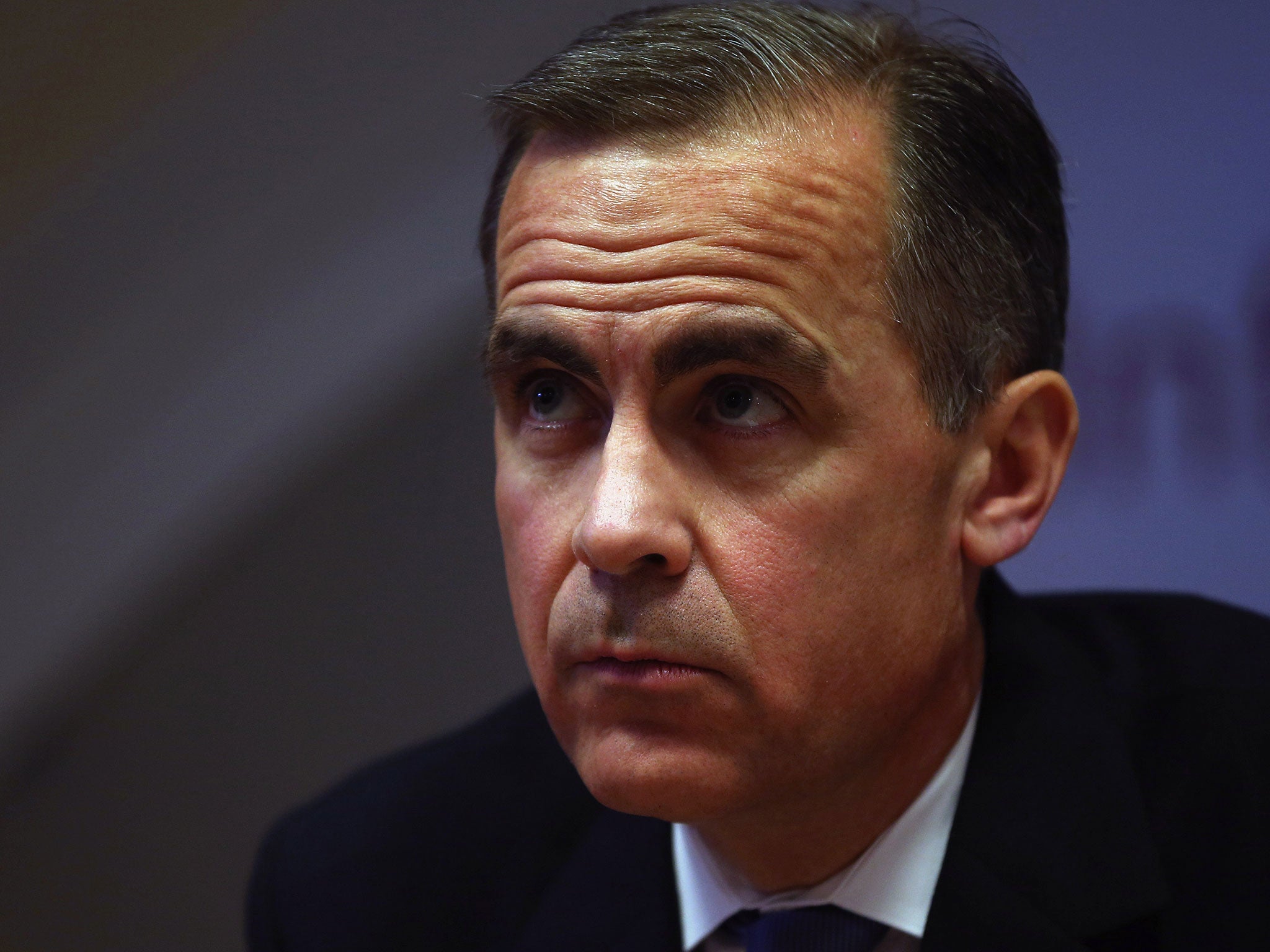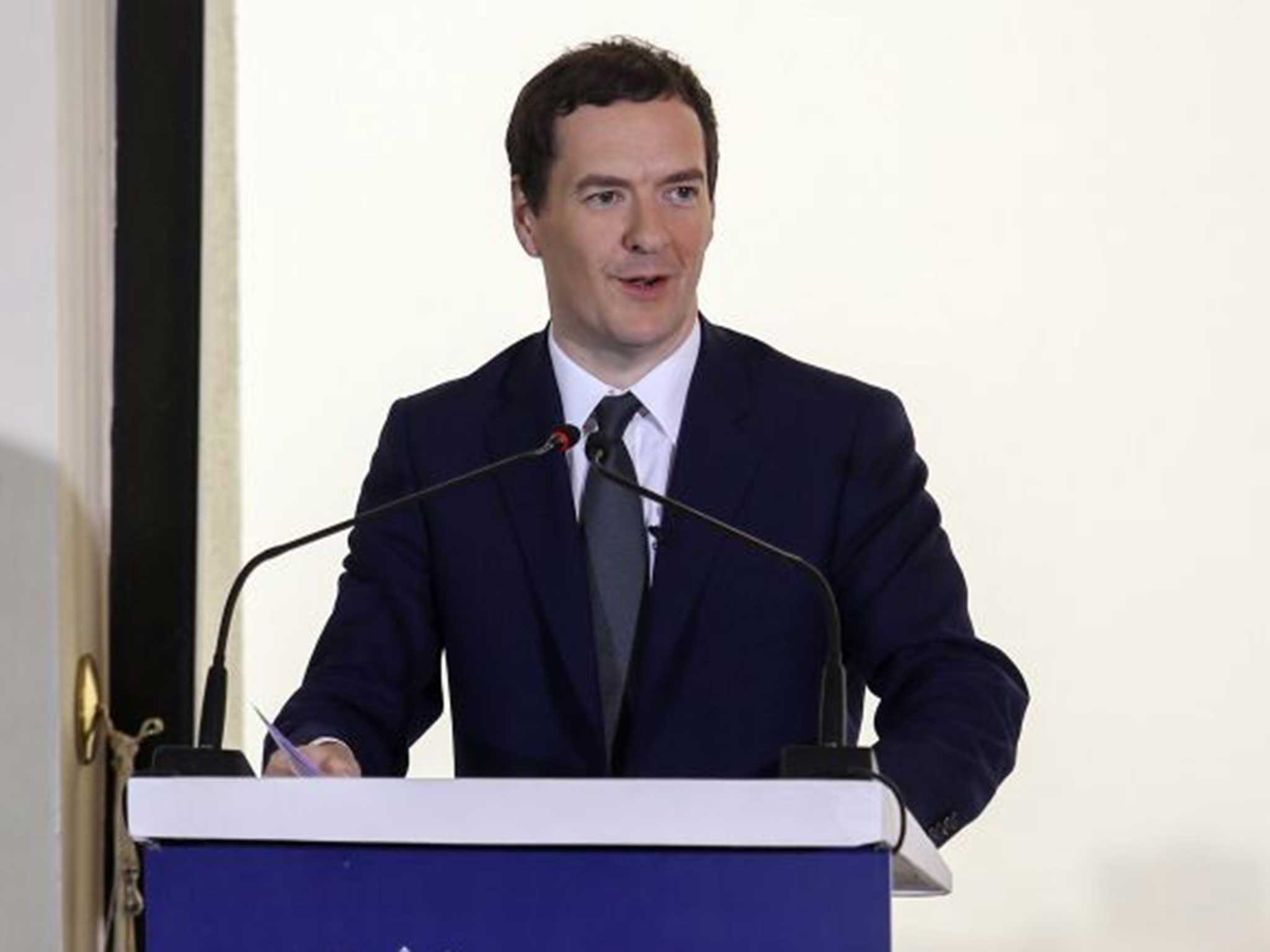Ever felt that financial forecasters are making it up as they go along?
If so, you are worryingly accurate, as the most important economic measure can only be guessed at

What do you suppose is the most important statistical measure for those in charge of setting economic policy? GDP growth? The inflation rate? Unemployment? Guess again.
The figure is the level of slack in the economy, also known as the "output gap", or "spare capacity". Presented as a percentage of GDP, it represents the gap between the level of output and the economy's non-inflationary potential. When the figure is positive the economy can grow strongly without setting off an inflationary spiral. When the figure is negative, the economy is overheating and a damaging surge in prices is a danger.
Earlier this month the Governor of the Bank of England, Mark Carney, said the level of slack in the economy was greater than previously believed. That sent City traders scrambling to change their bets on the likely date of the first hike in interest rates by the Bank, pushing it back to next May. The value of sterling against the dollar also dropped sharply, again reflecting a sudden shift in market expectations.
The Office for Budget Responsibility (OBR), George's Osborne's official forecaster, has also been making waves over the past four years with its revisions of the size of the output gap. A succession of downgrades of the level of slack in the economy by the OBR have pushed up the size of the hole in the public finances and compelled the Chancellor to pencil in more future cuts in order to balance the budget. These revisions are a big part of the reason why a five-year programme of public sector austerity is now projected to last for just short of a decade.

The trouble is that economic slack can't be directly measured. Its size can only be inferred from other indicators. And those indicators are rather unsatisfactory, generally consisting of surveys of firms and workers. To put it crudely, policymakers have to guess.These guesses are contentious because of what happens if they are wrong. The Bank of England's latest collective estimate is that economic slack is about 1 per cent of GDP. But what if spare capacity is bigger than this? That implies the Bank could hold interest rates down for longer than the financial markets expect. That would result in faster growth, which would not be excessively inflationary. That, in turn, should mean faster wage growth. The Bank could harm living standards unnecessarily by tightening monetary policy prematurely.
Similar issues attend the OBR's estimate of the output gap. Technically this is a somewhat different concept from the Bank of England's slack measure because the OBR is looking at supply capacity over the long-term, rather than being focused on near-term inflationary pressures. But the general principle is the same.
The forecaster has put a figure on the output gap of 1.8 per cent of GDP. Yet the average of external forecasters is 2.7 per cent of GDP. And some put the gap as high as 6 per cent of GDP. Using the OBR's own calculations of how this affects the size of the hole in the public finances the Institute for Fiscal Studies has performed some interesting calculations. It found that if the consensus on the output gap is correct George Osborne is planning austerity that is around £11bn more than is needed to balance the budget. And if the higher end of output gap estimates is right the excess austerity amounts to around £48bn. Considering we have experienced cumulative austerity worth around £90bn since 2010 these are clearly non-trivial sums. Andrew Goodwin of Oxford Economics, a consultancy which thinks the output gap is bigger than the OBR's estimate, explains it thus: "The medicine of austerity could end up being applied in a dose higher than the patient actually needs."
It is striking how wildly estimates of the output gap swing over time. Before the financial crisis forecasters at the OECD think tank said that the UK was running very slightly below capacity. In 2007 its estimate of the output gap was 0.2 per cent of GDP. Now, by contrast, the OECD says that the UK's output gap in 2007 was a minus 4.9 per cent of GDP. Today it says the economy was far too hot on the brink of the global financial crisis. But it didn't think so at the time.
There is no easy solution to this. Policymakers will always need to estimate the output gap. And disagreement about which indicators to study, and which to ignore, is inevitable. There is bound to be disagreement, too, over the potential growth rate. Pessimism will always vie with optimism. One can only hope that policymakers and forecasters produce their estimates with an appropriate level of humility and open-mindedness. As for the rest of us, we should probably keep in mind just how much economic policymaking hinges on educated guesses.
Hamish McRae is away
Join our commenting forum
Join thought-provoking conversations, follow other Independent readers and see their replies
Comments
Bookmark popover
Removed from bookmarks